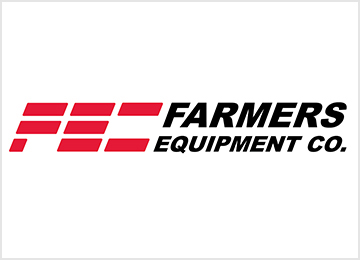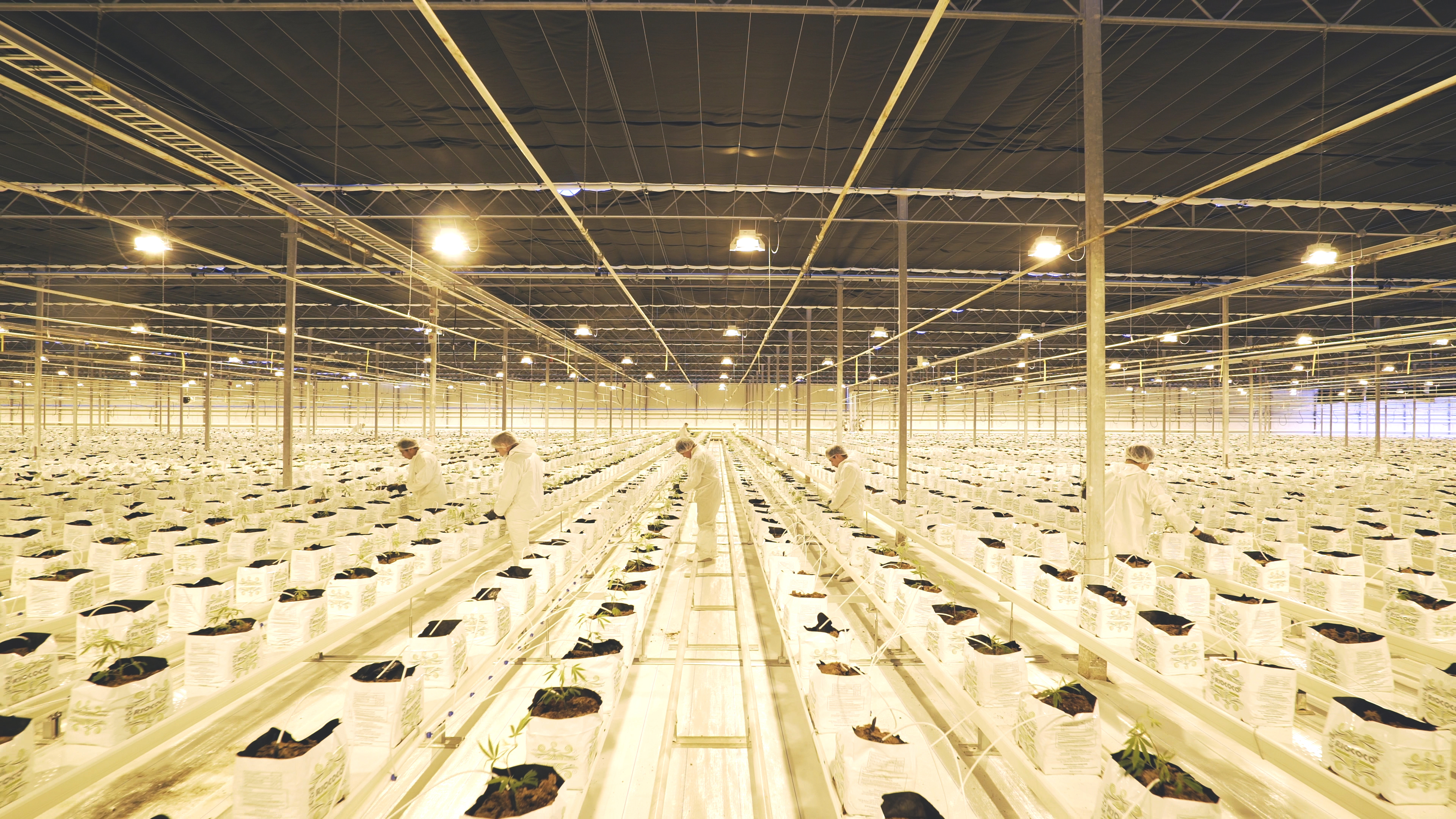By Cate Pedersen
The senses unravel the mysteries of a fine wine—a vintner can read the subtlety in colour, clarity, weight, density, smell, and taste; with eyes, nose and tongue telling the story of the journey from vine to glass. This part is really the dénouement of the winemaking tale. The true story of wine begins on the vine, deep within the grape berry. To look, to touch and to taste is not enough; scientific tools and an analytical mind are required to reveal the behind-the-scenes facts and only a scientist can fathom a wine berry’s true characteristics.
 Dr. Simone Castellarin grew up in Italy where he learned the art of growing grapes from his uncle. But it was his thirst for knowledge and information that guided him into the sciences, and perhaps his early experiences led him to focus on fruit ripening and eventually viticulture. As a scientist, he can examine how the quality of a grape is affected by its genetics and responds to the growing environment, the climate and various inputs. “My approach is multidisciplinary,” explained Castellarin. “I integrate plant physiology and cutting-edge genomic technologies to advance the knowledge of fruit ripening and composition such as pigmentation and aromatics. My hands on experience in the field helped me gain a deeper understanding of the needs of viticulturists and winemakers.”
Dr. Simone Castellarin grew up in Italy where he learned the art of growing grapes from his uncle. But it was his thirst for knowledge and information that guided him into the sciences, and perhaps his early experiences led him to focus on fruit ripening and eventually viticulture. As a scientist, he can examine how the quality of a grape is affected by its genetics and responds to the growing environment, the climate and various inputs. “My approach is multidisciplinary,” explained Castellarin. “I integrate plant physiology and cutting-edge genomic technologies to advance the knowledge of fruit ripening and composition such as pigmentation and aromatics. My hands on experience in the field helped me gain a deeper understanding of the needs of viticulturists and winemakers.”
Castellarin joined the Land and Food Systems faculty at UBC in 2014 to teach viticulture and has travelled throughout BC and down into California, familiarizing himself with the areas and expanding his knowledge of these two very different growing environments. A partnership with Genome BC provided the funding for Castellarin and his team to investigate the genes active in the berry and examine the biological processes that regulate ripening. “We don’t know which specific genes trigger ripening or how exactly hormones affect the ripening process, and we want to characterize this process. We hope in the future to develop new strategies to improve ripening in the vineyards,” he described enthusiastically.
The Genome BC project began on October 1, 2014 and will conclude in March 2016. The team is comprised of a post-doctorate fellow, a master’s student, a few under-grad students, as well as other collaborators who are experts in their fields. The bioinformatician on the team helps analyze the over 22,000 genes expressed in each berry taken from the field. “The RNA [Ribonucleic acid] sequencing we do allows us to study the expression level of all the active genes in the berry. Analysis of the data is crucial. We hope to get a very clear picture of what is happening to the berry when it is approaching ripening by examining the expression of these genes in relation to hormones, sugar and acid levels at critical moments of berry development. We require computational power for the data, but we also need people who can work with the sophisticated software,” Castellarin explained. “We extract RNA and send samples to a facility at the BC Genome Sciences Centre, and they sequence the RNA to see which genes are expressed during the 110–120 days that the berry hangs on vine. It is during véraison, the onset of ripening, that sugars start accumulating in the grape pulp and colour and aroma in the skin. Our project focuses on this stage and the stages of development before véraison because we believe there are processes we do not see that are happening. Our goal is to identify and name the genes regulating the ripening process, and learn how to speed up or slow down the process in the field. If we understand the biology of ripening we can then understand how our inputs in the vineyard can affect berry ripening and then make changes in viticultural techniques—managing irrigation, for example—to optimize ripening.”
Measuring a Grape’s “Ripeness”
Berry elasticity is a way to measure berry softening—changes in berry firmness is one of the first indicators observed which relate to ripening. “We use a custom-made instrument called a “grape grabber”, developed at the University of California at Davis, to measure the softening that is occurring in the berry,” Castellarin said. “We apply a force to the berry and measure how it affects its diameter. The tiny changes cannot be measured by hand, so this sensitive tool is critical for detecting early ripening stages.”

There are many experts playing valuable roles in this project, among them Dr. Steven Jones, Head of Bioinformatics, Genome Sciences Centre; Dr. Mark Matthews, plant physiologist at the University of California at Davis; and Dr. Gregory Gambetta, Professor of Viticulture at the Institut des Sciences de la Vigne et du Vin in Bordeaux. Dr. Bowen and Dr. Usher of the Pacific Agri-Food Research Centre (PARC) in Summerland have also supported Dr. Castellarin during the initial stage of project. Mission Hill Winery’s viticulturists James Hopper and Devin Methven played a key role in the project by supplying the fruit samples, developing the field trials, and by giving critical input throughout the project. “Working in the city of Vancouver is a challenge with vineyards so far away, so it is wonderful to have such a supportive team. I cannot be an expert in all the various aspects of the project,” said Castellarin. “It has been great to work in collaboration,” he shared, “as individually we often focus on specifics when we study topics such as physiology, viticulture, or genomics; but this project is about integrating many different aspects.”
One of the greatest challenges growing this far north in the province of British Columbia is, of course, heat—or lack of it. “Berry ripening requires heat, especially for the premium red varieties,” explained Castellarin. Even in the Okanagan where Castellarin conducts most of his research, the season is shorter than in places like California. “Blooming starts late and the berry has less time to ripen,” said Castellarin. “We already know a lot about many of the grapevine varieties, and one day we hope to be able to better understand which varieties can thrive in cooler and/or warmer environments.” British Columbia is unique in that its climate varies significantly from region to region. This poses different obstacles for grape producers in each locale.
Understanding the biology of ripening means growers can predict more precisely which varieties are best suited to their environment and how inputs will affect the ripening process. They can then improve the crop by regulating water, manipulating canopies, pruning, and spacing plants. And Castellarin added, “In general, fruit ripening is important to all crops and not only viticulture. In the future, I foresee applying our research and new technologies to other crops as well.”
With wine sales topping $1 billion for the first time in BC, according to the British Columbia Liquor Distribution Branch; and spending for Canadian-made wine rising 8.9 per cent to almost $470 million, grape growers will be looking for ways to improve wine quality and increase production. Consumer palates are becoming more attuned to the subtle stories of different wine varieties, and the demand for quantity and quality will only continue to grow. Hard facts and intricate science seems the only way to unlock the secrets of successful vineyard production and vinification, and Castellarin is a key player in the quest for the perfect grape.
Wine Terminology
Oenology: science of winemaking
Véraison: the onset of ripening
Vinification: winemaking
Vintner: person engaged in the making or selling of wine
Viticulture: science of vine-growing and grape-harvesting
Don’t miss out on any more articles! SIGN UP for a FREE subscription to Modern Agriculture
[infobox] Cate Pedersen is a contributor and editor for Modern Agriculture Magazine. She is proud to call the Fraser Valley her home and appreciates the opportunity to learn every day about food and farming, modern agriculture practices, and the responsibility we all have to create a sustainable way of life. You can contact her via email: editor@modernagriculture.ca[/infobox]
Cate Pedersen is a contributor and editor for Modern Agriculture Magazine. She is proud to call the Fraser Valley her home and appreciates the opportunity to learn every day about food and farming, modern agriculture practices, and the responsibility we all have to create a sustainable way of life. You can contact her via email: editor@modernagriculture.ca[/infobox]












